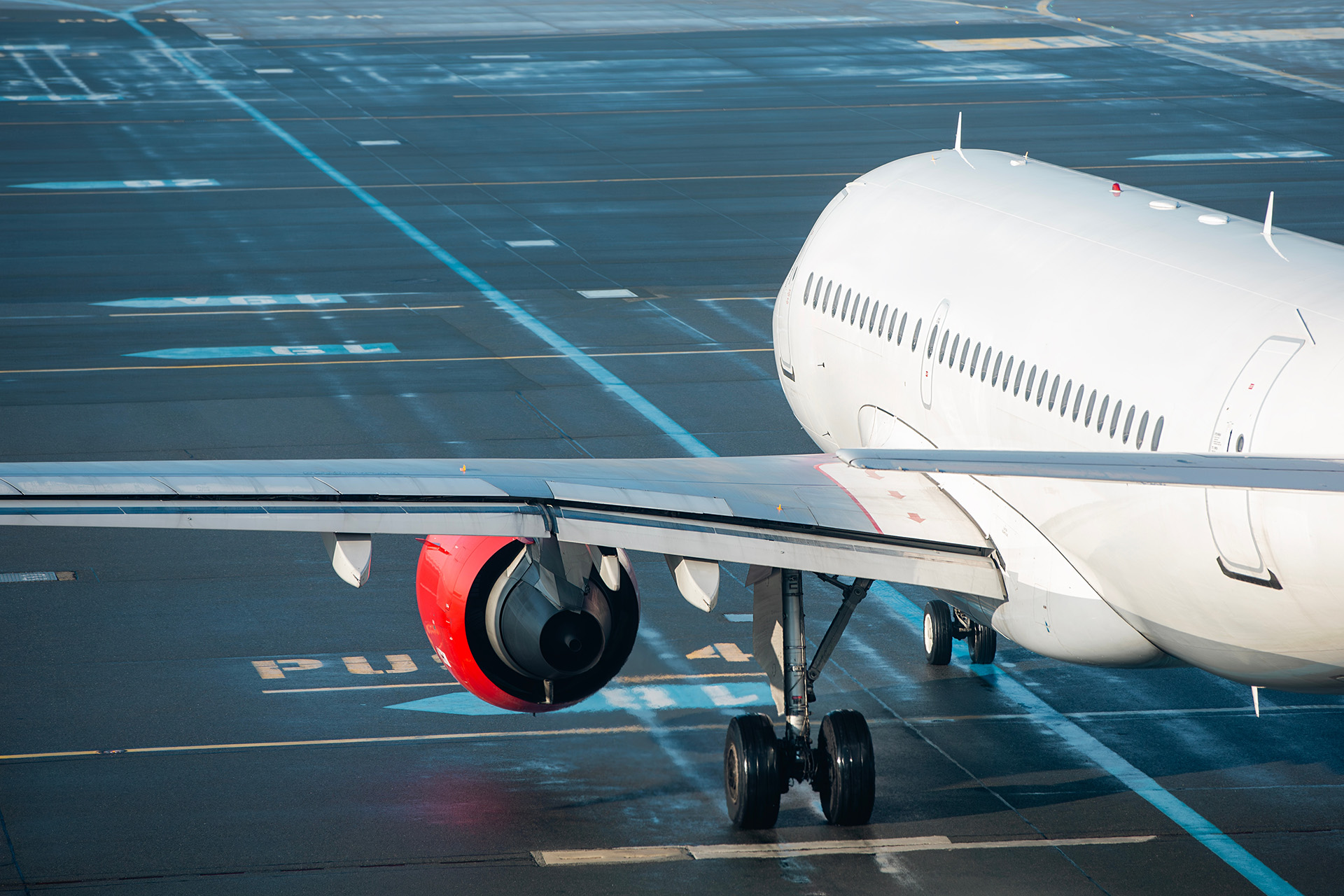Health and safety regulation
The Civil Aviation (Working Time) Regulations 2004 (CAWTR) states that:
"An employer shall ensure that each new crew member employed by him is at all times during the course of that employment provided with adequate health and safety protection and prevention services or facilities appropriate to the nature of his employment."
It should be noted that health and safety requirements under these regulations only apply to crew members, and do not extend to other persons such as passengers or ground workers. However, other legislation (including the Health and Safety at Work etc. Act, enforced by the HSE) requires that aircraft operators take measures to manage risks to other individuals.
Working time regulation
CAWTR also requires the CAA to enforce certain working time restrictions. The issues covered are:
- Patterns of work that ensure adequate rest breaks,
- Provision of information of working patterns,
- Maximum annual working time and total block flying time,
- Rest days entitlement.
It is acknowledged that there is a challenge in seeking to meet the differing objectives of these regulations and the existing CAA Flight Time Limitations (FTL) Scheme required by the Air Navigation Order. In particular, the unique working environment found in passenger aircraft means that existing 'ground-based' interpretations of the working time regulations cannot be simply transposed into the aircraft environment.
Mobile and young workers
The CAA also regulate the relevant requirements for the Working Time (Amendments) Regulations 2003, and Working Time (Amendment No. 2) Regulations (Northern Ireland) 2003, as applied to 'mobile workers' in the General Aviation sector and mobile 'young workers' in the remainder of the civil aviation sector. These apply to aviation workers that fall outside the definition of 'crew members' in the CAWTR, such as flying instructors and business jet crew.
This legislation requires that the employer protects the health and safety of mobile workers and young workers in the sector by:
- Limiting weekly working hours,
- Providing adequate rest periods,
- Managing work patterns to avoid health and safety risks,
- And providing health assessments for night workers.
Employers are also required to maintain records of mobile and young workers' hours for two years.
The Aviation Health and Safety Steering Group
In recognition that most airlines already had Occupational Health and Safety (OH&S) arrangements for managing the aircraft environment in place, the CAA formed the Aviation Health and Safety Steering Group (AH&SSG) to bring together a range of interested parties that includes airlines, regulators, trade associations and trade unions.
The main objective of the group is to provide a forum in which good practice in the application of OH&S in the aircraft environment is shared. Their work is limited to selected issues, and only undertaken when it is deemed necessary to complement existing HSE and HSENI OH&S guidance, which is acknowledged as being sufficient to meet most needs of the air operators and their employees. The Steering Group's guidance on agreed good practice is published in CAP 757.
The importance of being able to share data and research material is also recognised as an important contribution to the prevention of incidents and injuries, so discussions also provide a means of raising awareness of the activities and responsibilities of those engages in the overlapping areas of OH&S, aviation health and aviation safety. This work is now undertaken mainly via an online forum.

